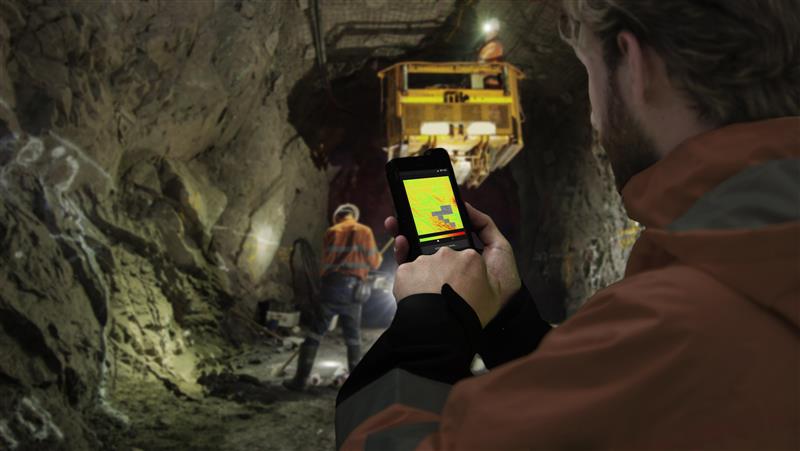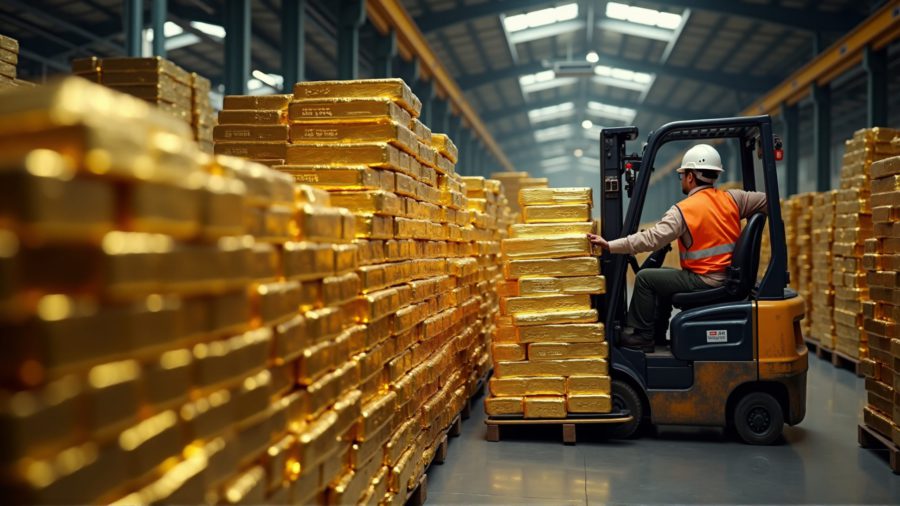Metal markets caught out by strength of Chinese stimulus

(The opinions expressed here are those of the author, Andy Home, a columnist for Reuters)
London copper hit a two-year high of $6,707 per tonne on Wednesday, extending its super-charged rally from the March lows of $4,371.
Where copper leads, the rest of the London Metal Exchange (LME) base metals tend to follow.
The LME index has risen by 35% from the worst of the covid-19 price collapse in the first quarter of the year.
Iron ore, meanwhile, continues to hold its lofty heights. Spot 62% material for delivery to north China, as assessed by commodity price reporting agency Argus, rose to a 6-1/2 year high of $128.20 a tonne on Wednesday, up 62% from its March trough.
It all seems a bit surreal given the world is still in turmoil as nations try and control the deadly coronavirus.
There is plenty in the bullish price mix right now. Take your pick from dollar weakness, cyclical stockpiling and increased speculative interest in the industrial metals space.
The common metallic theme, however, is the strength of the Chinese demand recovery that is flowing from Beijing’s stimulus package.
Metals heavy
Total social spending, a catch-all way of quantifying the flow of funds through the Chinese system, grew by 43% through the first half of 2020, the highest first-half growth rate since 2009, according to Citi.
The historical benchmark is a telling one.
China’s “shock and awe” stimulus package during the last financial crisis ended up not just dragging metal prices off multi-year lows but propelling many of them to all-time highs.
Stimulus is Beijing’s instinctive response to signs of economic weakness, so no surprise that it is again pumping money to reboot activity after covid-19 lockdowns.
What is surprising, however, is just how metals-intensive the current round of stimulus is proving.

Over the last few years Beijing has consistently signalled that it would not repeat the mistakes of the 2009 stimulus, when untamed credit expansion and run-away construction caused a proliferation of “ghost” cities and industrial over-capacity.
Metal markets took China’s leadership at its word but are now rapidly readjusting their expectations as it becomes increasingly evident that, to quote Citi, “commodities-intensive sectors have led China’s economic growth post-covid, as other macro data have not recovered to the same extent”. (“China Commodities Focus”, Aug. 17, 2020).
Keep building
Construction has been one of the twin pillars of previous stimulus packages and so it is proving again.
As ever, iron ore and steel markets provide the clearest evidence that the country is building again.
China’s crude steel production hit a fresh all-time high of 93.36 million tonnes in July with cumulative output over the first seven months up 2.8% on last year.
None of this extra production is being exported. Indeed, net exports of steel fell by 25% in the first half of 2020 and by 67% to just 1.6 million tonnes in July, the lowest monthly total since February 2011, according to Citi.
The ghost of 2009 is looming ever larger in the industrial metals sector
After taking a massive lockdown hit in the first months of this year, the construction sector is booming again.
New starts and floor-area sales are now running just 5% lower than last year and Citi suggests “we should see full-year property starts restoring positive growth if the July run rates continue, thereby supporting steel demand the most among industrial commodities, given its intensive use in the beginning of the construction cycle.”
More infrastructure
No Chinese stimulus package is complete if it doesn’t include infrastructure investment, the other pillar of previous government largesse.
Here again, metal markets have been wrong-footed by the nature of the money blitz.
The expectation was that this time around more would be channelled down service sector or social welfare conduits. But Beijing has unveiled plans for yet more “hard” infrastructure such as railways, ultra-high voltage power lines and electric vehicle charging points.
All of which use significant amounts of metals such as copper and aluminum.
Moreover, this is not just a one-time covid-19 booster shot. China Railway Corp has just released its long-term investment plan, including a 41% increase in total new mileage and a doubling in high-speed mileage through 2035.
It’s worth remembering that China is already by far the world’s largest investor in railway infrastructure with annual spend running at around $120 billion a year, according to another piece of research by Citi.
By way of comparison the United States spends $30 billion a year and Britain just $8 billion, the bank says. (“China 15-year railway plan implication for metals”, Aug. 17, 2020).
Maybe look no further to explain why China is importing record tonnages of copper right now amid market speculation that entities such as the State Reserves Bureau are in stock-building mode.
Financial crisis redux
In the metals world everything is starting to look a lot like a rerun of 2009-2010, when China rode to the rescue of bombed-out markets.
Then as now China staged a V-shaped recovery while the rest of the world struggled to rebuild. The sheer scale of the country’s manufacturing surge effectively dragged everyone else with it over the course of 2010 and 2011, which is when copper hit its all-time high of $10,190 per tonne.
The ghost of 2009 is looming ever larger in the industrial metals sector, as the comparisons with the current crisis appear to resonate ever more clearly.
However, we are not living in 2009 and the world has changed. China has spent the last 10 years integrating itself ever deeper into global supply chains, particularly metallic ones.
This leaves it more vulnerable, if the rest of the world doesn’t experience a similarly swift recovery. At the moment the current stimulus programme is clearly more than offsetting any weakness in manufacturing export demand.
But for how long can Beijing keep the financial taps flowing without creating the sort of credit bubble that followed the 2009 crisis?
It also leaves China more vulnerable over a long-term horizon. The last crisis occurred at, what with hindsight, looks like the peak of a multi-decade process of globalisation.
De-globalisation is emerging as the new mega-trend and one with China at its very heart.
Given the country’s dominance of metals production and usage, an unravelling of trade ties could be hugely disruptive.
In other words, history may be chiming but is unlikely exactly to repeat itself.
Nonetheless, there are still a lot of metal traders right now dusting down their 10-year charts.
(Editing by David Evans)
More News
Study confirms drop-in electrode technology enables 10 minute EV charging at -10 °C
April 14, 2025 | 04:06 pm
Newmont deploys Ericsson private 5G at Australia’s largest underground mine
April 14, 2025 | 01:20 pm
{{ commodity.name }}
{{ post.title }}
{{ post.date }}




Comments